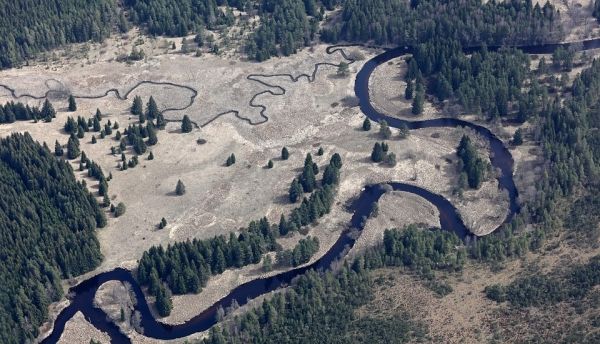It’s not uncommon for crescent-shaped swaths of sand to dot the shorelines of meandering rivers. These swaths usually appear along the inner side of a river bend, where the bank wraps around the sandy patch, forming deposits known as a “point bars.”
When they appear along an outer bank, which curves the opposite way, they form “counter-point” bars, which are usually interpreted by geoscientists as an anomaly: a sign that something – such as a patch of erosion-resistant rocks – is interfering with the river’s usual manner of sediment deposition.
But according to research led by The University of Texas at Austin, counter-point bars are not the oddities they’re often made out to be. In fact, they’re a perfectly normal part of the meandering process.
“You don’t need a resistant substrate, you can get beautiful [counter-point] bars without it,” said Zoltan Sylvester, a research scientist at UT’s Bureau of Economic Geology who led the study.
Read more at University of Texas at Austin
Photo Credit: Imp5pa via Pixabay


